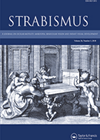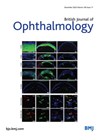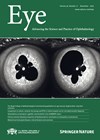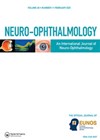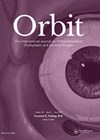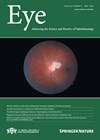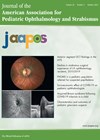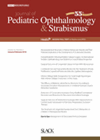You searched for "stroke"
Features of childhood cases of sixth nerve palsy
Based on limited information available for cranial nerve palsies in children, the authors aimed to collect data on new onset paediatric sixth nerve palsies in a UK population. This was a retrospective study over 10 years for children aged <18...Review of bupivacaine use in treatment of strabismus
This review aimed to assess the applications of bupivacaine (B) in the non-surgical treatment of strabismus in human and animal studies. Animal studies show that singly-innervated fibres with low concentrations of mitochondria and developed sarcoplasmic reticulum are more affected by...Visual acuity outcomes after cataract surgery in type 2 diabetes (NIDDM): the action to control cardiovascular risk in diabetes (ACCORD) study
This is a retrospective case-control study of 1136 eyes enrolled in the 784 ACCORD patients receiving cataract surgery between 2001-2014. 362 / 1136 eyes had gradable fundus photography for diabetic retinopathy (DR). Seven hundred and sixty-two eyes (67.1%) achieved 20...Gene therapy: perspectives from young adults with Leber’s congenital amaurosis
5 June 2023
| Ivan Yip
|
EYE - Vitreo-Retinal
The authors present their telephone survey data of 10 patients with a mean age of 24.4 years regarding their opinion on gene therapy for their Leber’s congenital amaurosis. Patients were recruited at the Hospital for Sick Children, Toronto. Of the...
Assessing possibility of deferring lumbar puncture in mild idiopathic intracranial hypertension
4 October 2023
| Lauren R Hepworth
|
EYE - Neuro-ophthalmology
This was a retrospective review of patients consecutively presenting with idiopathic intracranial hypertension (IIH) to a tertiary neuro-ophthalmology clinic without a lumbar puncture (LP) over an eight-year period. Inclusion criteria included true optic disc oedema, retinal nerve layer thickness ≤300µm,...

